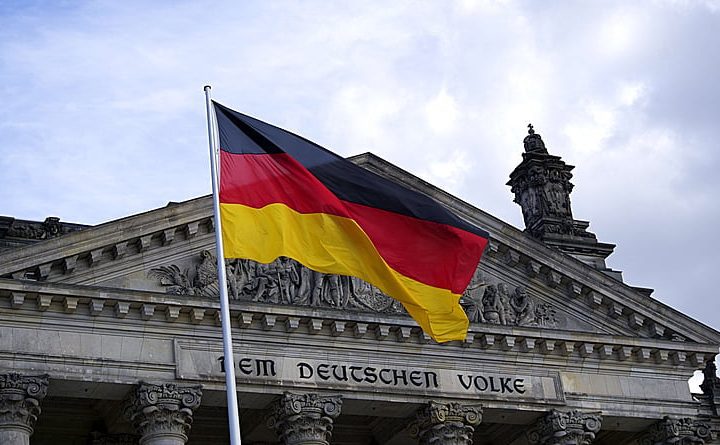Vitronic, ein Anbieter industrieller Bildverarbeitungslösungen, wird auf der Intertraffic Amsterdam, die heute ihre Pforten öffnete, seine Lösungen für Mautgebühren und Verkehrskontrolle präsentieren.
Auf der bis zum 1. April laufenden Veranstaltung ist Vitronic in Halle 1 zu finden und steht den Besuchern für Gespräche über Animationsanwendungsfahrzeuge und Standbildsysteme zur Verfügung, die Flexibilität bieten und eine automatische Durchsetzung ermöglichen.
‚)
}
// –>
‚)
}
// –>
Furthermore, as its trade show highlight, the company will present the Enforcement Bar, which is already being used for mobile toll enforcement in Poland. The solution is a fully automatic number plate identification and classification system that can be used while driving. It enables the automatic recognition of number plates as well as the classification of different vehicle classes.
The system’s technology makes it possible to recognize number plates in four directions. According to Vitronic, it can achieve a very high detection rate, even at high speeds, and enables enforcement officers to continuously identify suspect cases. The system transmits the collected data to electronic toll collection systems, where it is checked in a database.

Finally, Vitronic, alongside and the German Aerospace Center (DLR), will present during a lecture on March 29 a new project seeking to enhance the safety of vulnerable road users.
The Local Traffic Safety Analyzer (LTSA) research project is a partnership between Vitronic, the University of Applied Sciences Potsdam and the German Aerospace Center (DLR). LTSA is a distributed recording system that specifically detects more vulnerable road users, such as cyclists and pedestrians, within the road space. In the future, the LTSA will support automated and connected transportation to improve traffic flow and increase traffic safety.










More Stories
Die deutsche Luft- und Raumfahrtindustrie steht vor dem Ende des Typhoon-Programms
Airbus erhält 2,1 Milliarden Euro für den Aufbau eines deutschen militärischen Kommunikationssystems
RFA, ATMOS und Yuri kündigten den Mikrogravitationsdienst „Eva“ an